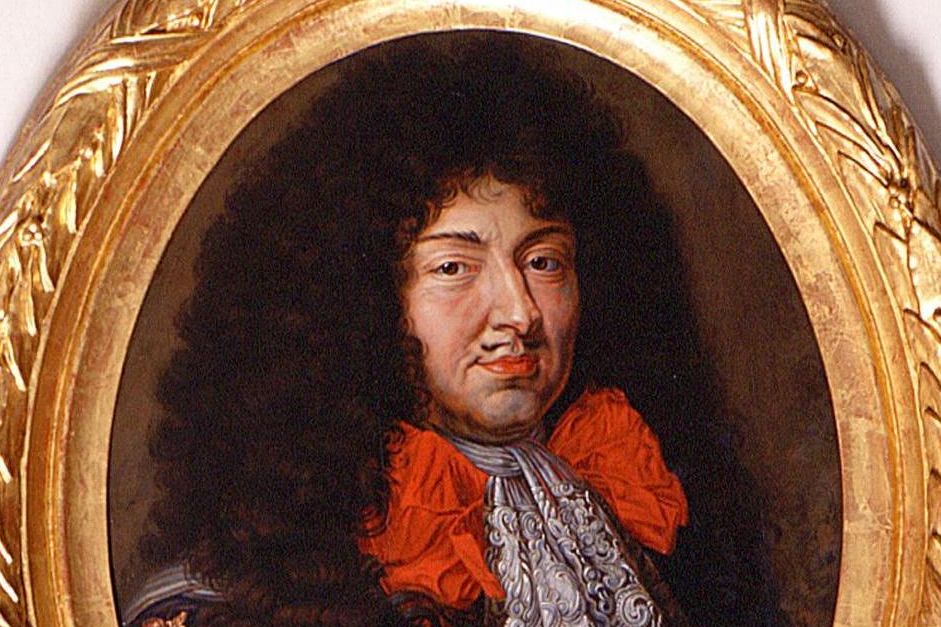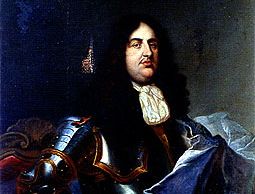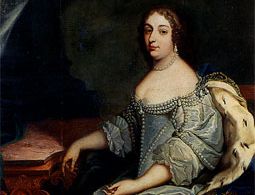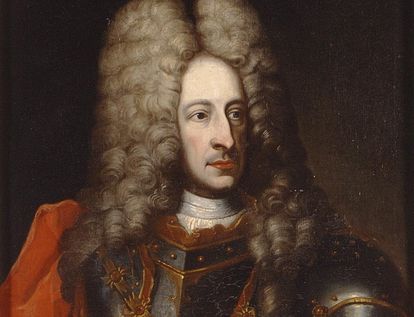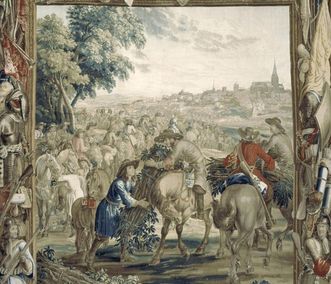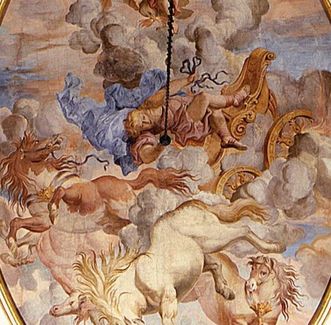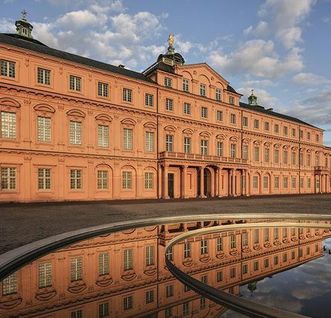WHAT DID LOUIS XIV HAVE TO DO WITH THE MARGRAVE OF BADEN?
Margrave Ferdinand Maximilian von Baden-Baden acted cautiously with his strong neighbor, France. In 1654, he married Luise Christine von Savoyen-Carignan, a close relative of the French king, likely with the intent of securing peace. Ludwig Wilhelm was born in 1655, the only issue of the marriage. At his baptism, King Louis XIV became his godfather.



